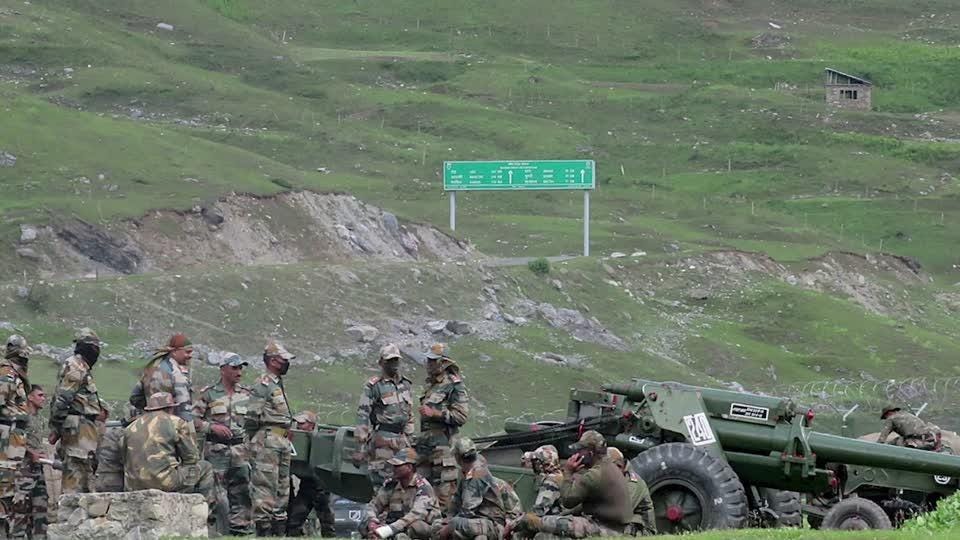First Troops killed on Himalayan Border in 45 Years
Talks in progress to avoid further conflict between nuclear powers

By: John Elliott
Troops have been killed for the first time in at least 45 years during clashes on the undefined Line of Actual Control (LAC) that divides India and China. The confrontation took place in Ladakh, high in the Himalayas, and led to 20 confirmed deaths of Indian soldiers, and possibly more than 40 Chinese according to unconfirmed reports.
Keep reading with a 7-day free trial
Subscribe to Asia Sentinel to keep reading this post and get 7 days of free access to the full post archives.
